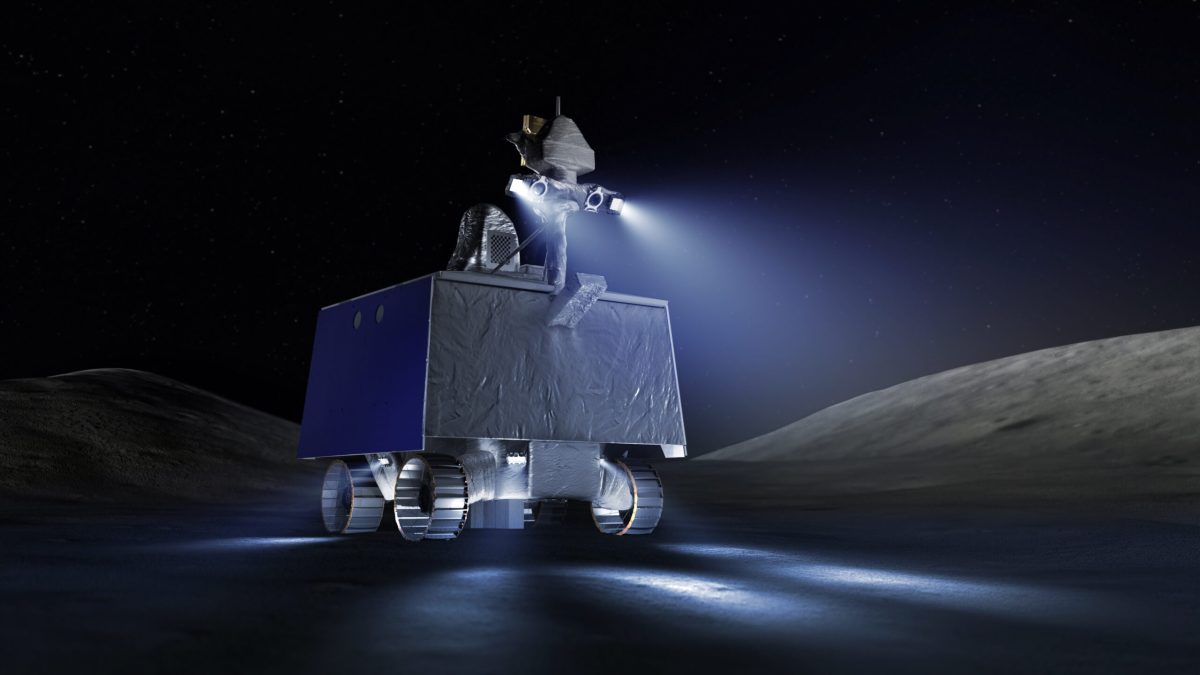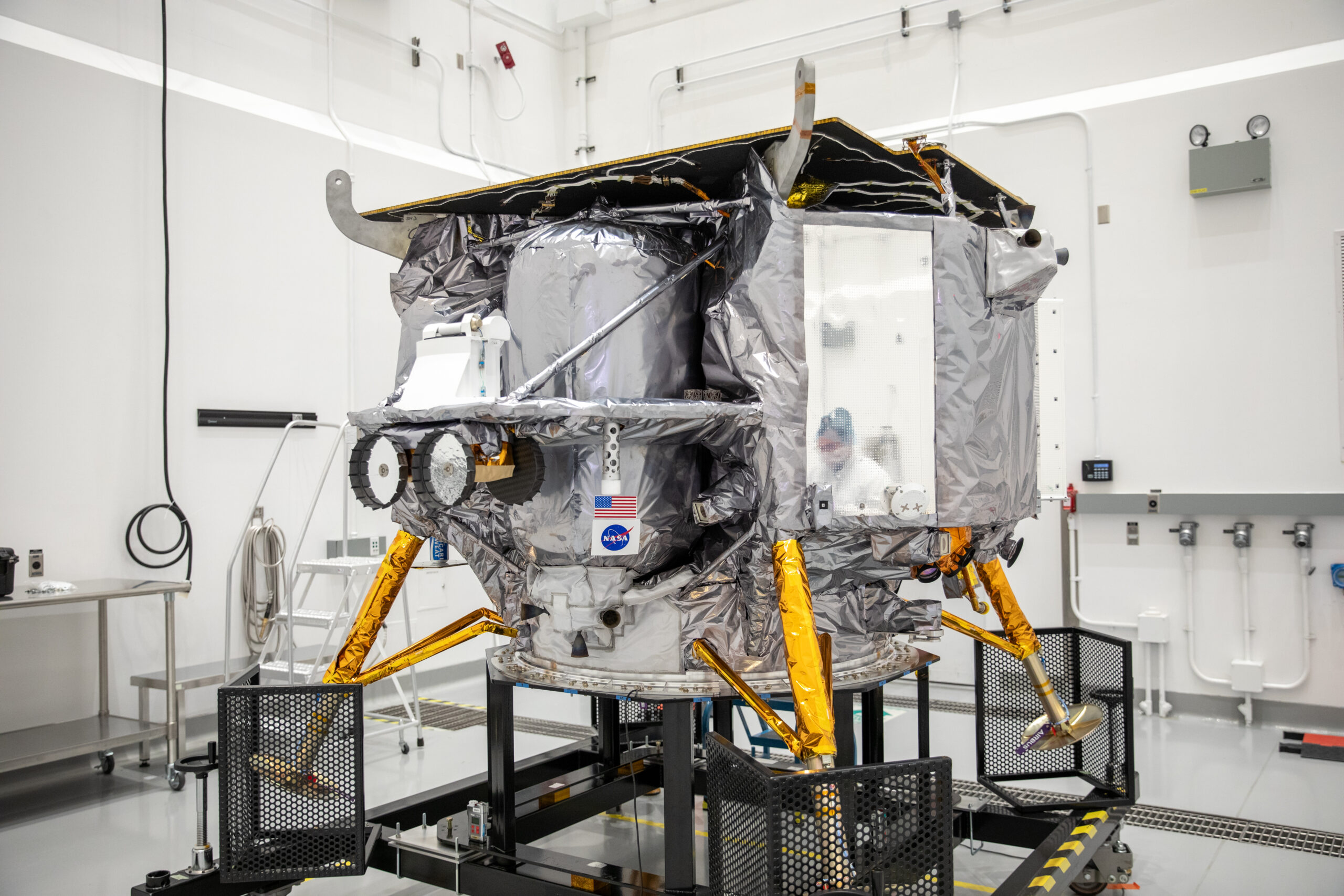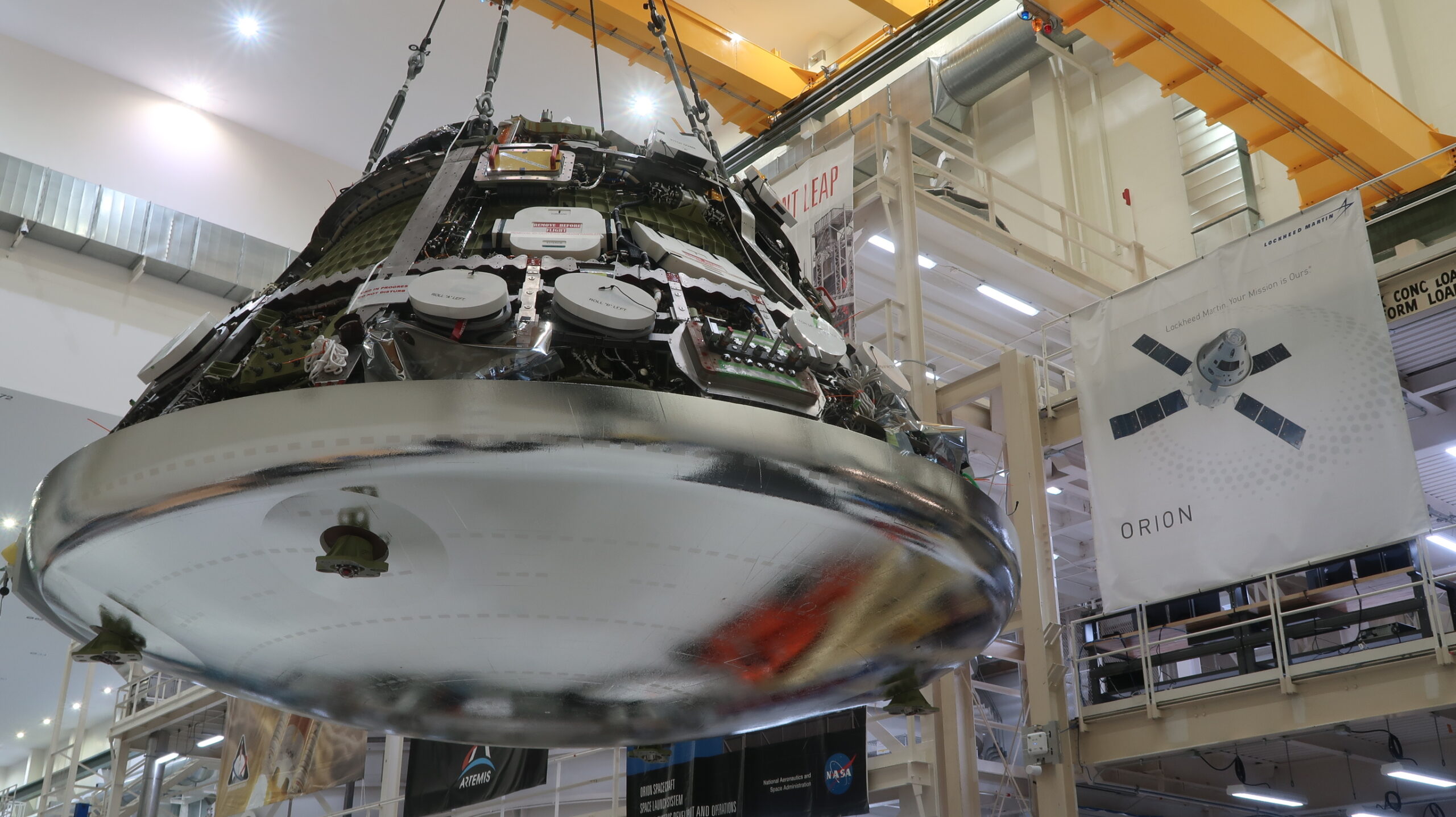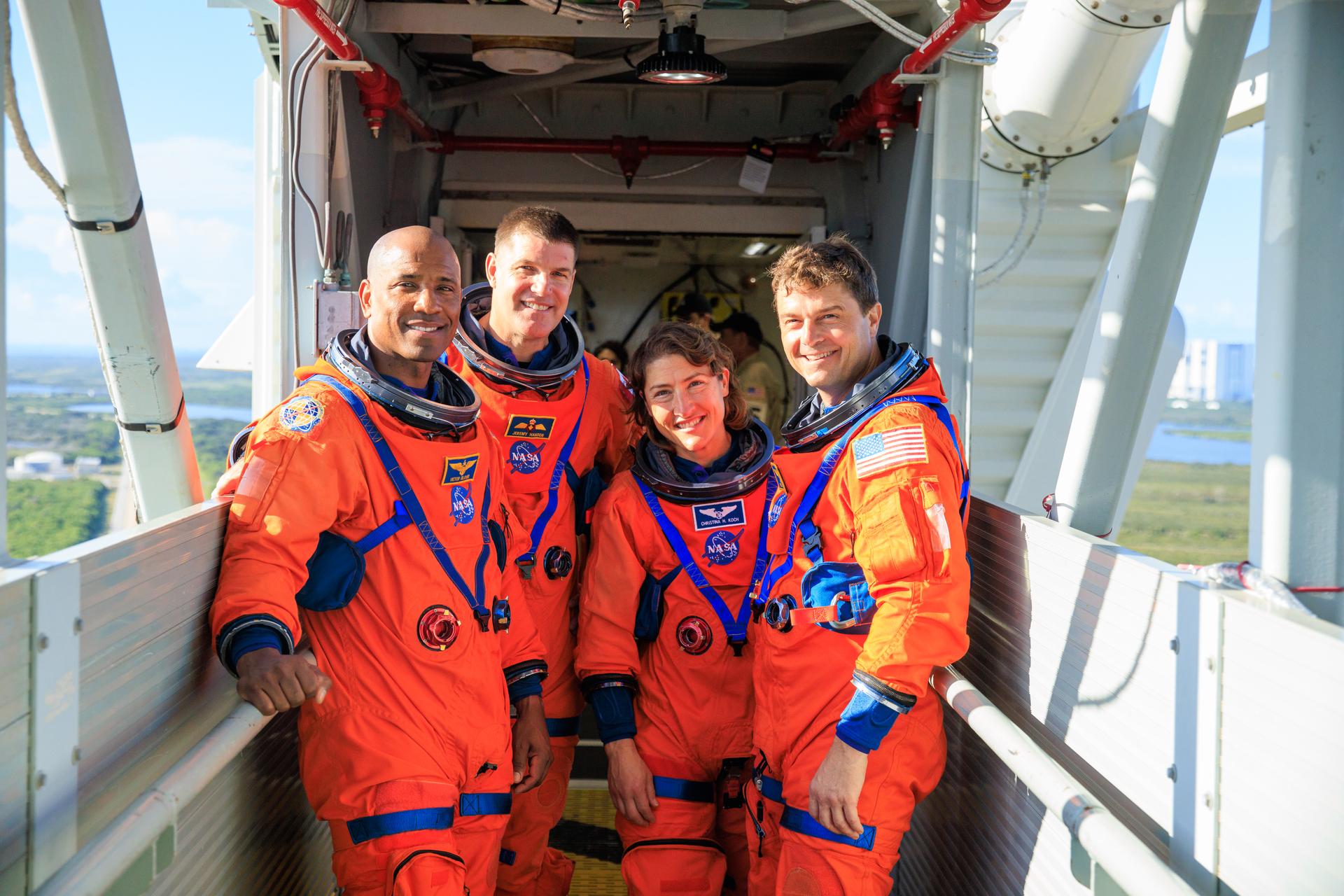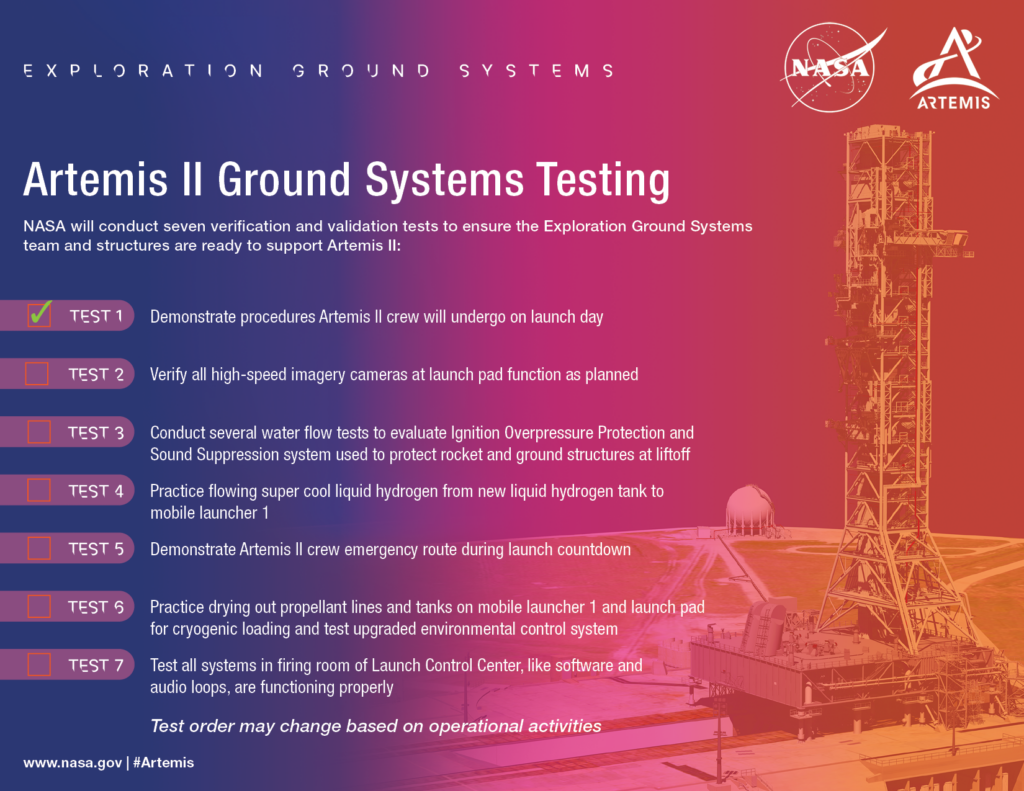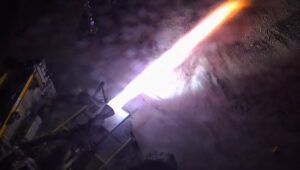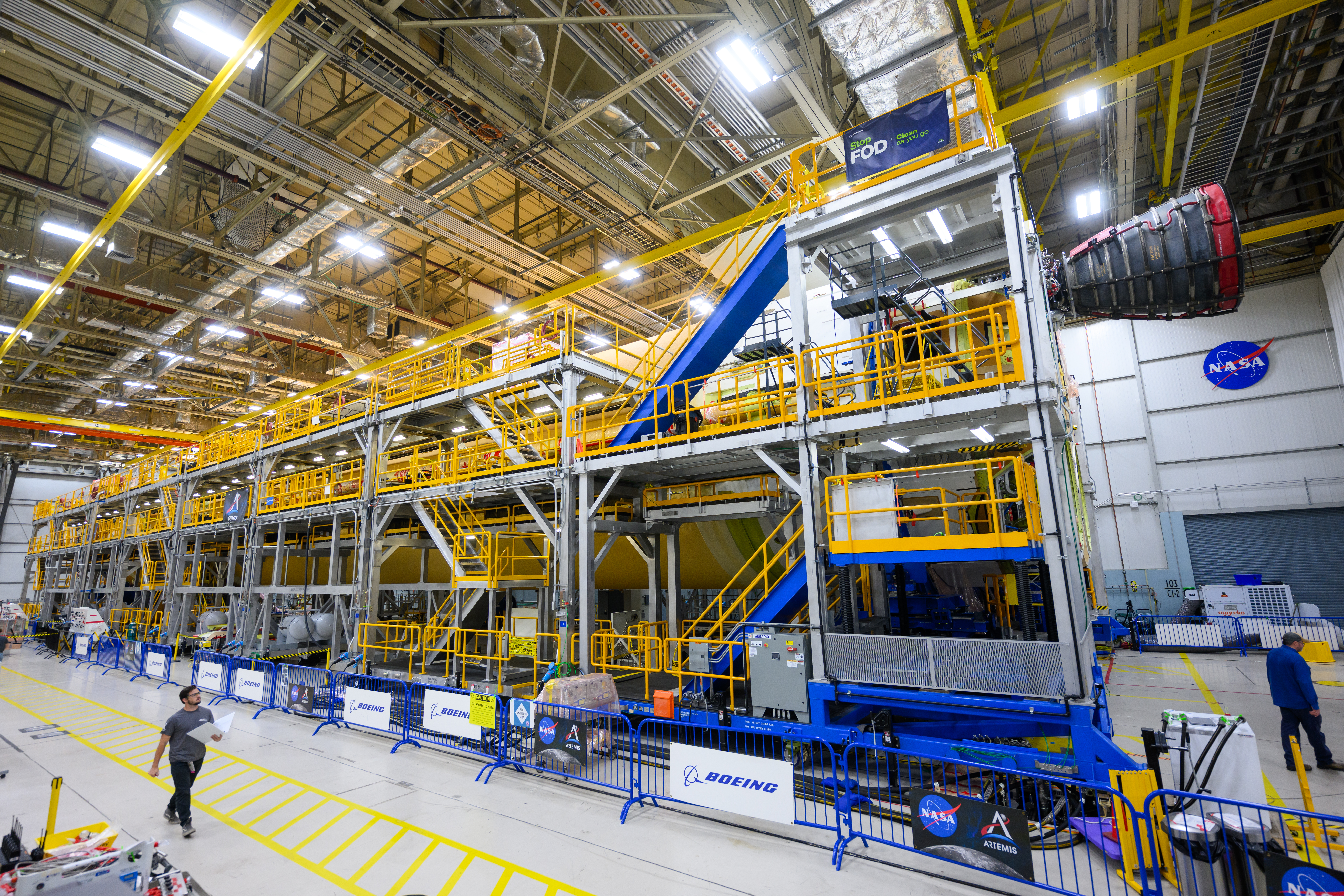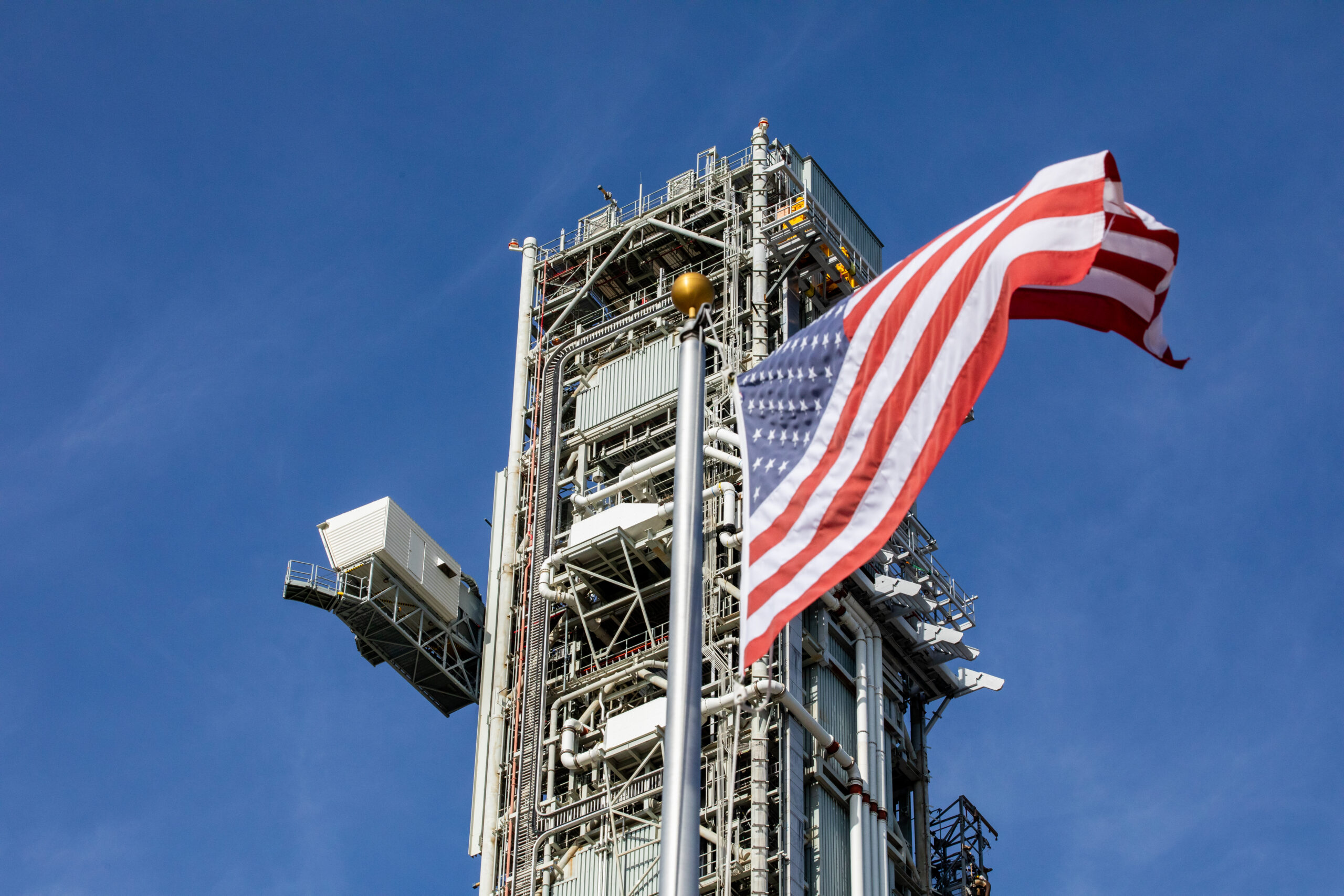
Beginning at 11 a.m. EST today, tune in to NASA TV or the agency’s website for NASA’s lunar science media teleconference, which will highlight the NASA payloads flying on Astrobotic’s Peregrine lander to the Moon as part of the agency’s CLPS (Commercial Lunar Payload Services) initiative and Artemis program.
Participants include:
- Chris Culbert, Program Manager, NASA’s Commercial Lunar Payload Services
- Niki Werkheiser, director, Technology Maturation, Space Technology Mission Directorate, NASA Headquarters
- Paul Niles, CLPS project scientist, NASA’s Johnson Space Center
- Nic Stoffle, science and operations lead for Linear Energy Transfer Spectrometer, NASA Johnson
- Tony Colaprete, principal investigator, Near-Infrared Volatile Spectrometer System, NASA’s Ames Research Center
- Richard Elphic, principal investigator, Neutron Spectrometer System, NASA’s Ames Research Center
- Barbara Cohen, principal investigator, Peregrine Ion-Trap Mass Spectrometer, NASA’s Goddard Space Flight Center
- Daniel Cremons, deputy principal investigator for Laser Retroreflector Array, NASA Goddard
Then at 3 p.m. on Friday, Jan. 5, there will be a lunar delivery readiness media teleconference to confirm all payloads are go for launch.
Participants include:
- Joel Kearns, deputy associate administrator for Exploration, Science Mission Directorate, NASA Headquarters
- Ryan Watkins, program scientist, Exploration Science Strategy and Integration Office, NASA Headquarters
- John Thornton, CEO, Astrobotic
- Gary Wentz, vice president, Government and Commercial Programs, ULA
- Melody Lovin, launch weather officer, Cape Canaveral Space Force Station’s 45th Weather Squadron
United Launch Alliance is scheduled to launch its Vulcan rocket and Astrobotic’s Peregrine lander at 2:18 a.m. EST Jan. 8 from Launch Complex 41 at Cape Canaveral Space Force Station in Florida.
Peregrine is targeting landing on the Moon on Feb. 23, 2024. The NASA payloads aboard the lander aim to help the agency develop capabilities needed to explore the Moon under Artemis and in advance of human missions on the lunar surface. Peregrine will land on a mare – an ancient hardened lava flow – outside of the Gruithuisen Domes, a geologic enigma along the mare/highlands boundary on the northeast border of Oceanus Procellarum, or Ocean of Storms, the largest dark spot on the Moon. The payloads will investigate the lunar exosphere, thermal properties of the lunar regolith, hydrogen abundances in the soil at the landing site, magnetic fields, and conduct radiation environment monitoring.
To learn more about some of the scientific research and technology demonstrations flying to the Moon as part of the CLPS initiative visit https://www.nasa.gov/clps

